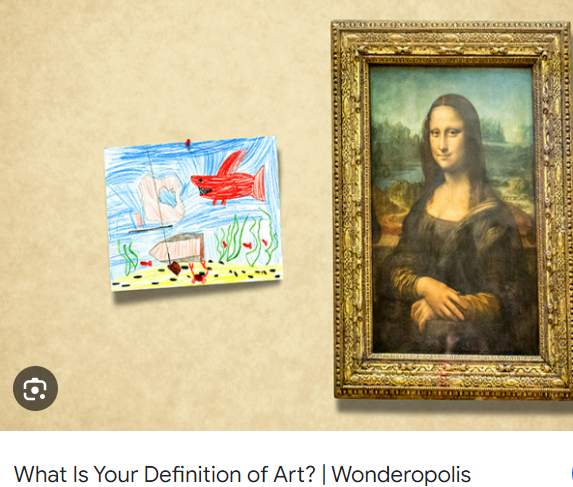Last Friday of the month, 31st May the Discussion group members talked about art and its impact on individual cultures. We started with comments and views on what is art and how to define it. It seems quite obvious what it is until you start asking questions about art and craft and try to formulate a definition which separates one from the other.
We concluded that almost any object and sphere of life can be art if an artist’s creation appeals to human reactions and evokes emotions

We talked about how art is a reflection of our cultural identity and heritage. Each painting, sculpture, dance, or piece of music tells a story about who we are as individuals and as a collective society. Art and culture are inseparable; they influence each other. Art can preserve and pass on cultural traditions, while culture can inspire and influence art.
Throughout history, art has played an indispensable role in preserving cultural identity. The cave paintings of our ancestors, the pottery of ancient civilizations, the architecture of historic kingdoms — each piece of art serves as a visual record of a culture’s beliefs, values, and lifestyle, providing us with a window into the past.

Another subject of our discussion was cultural appropriation and the difference between appreciating and appropriating culture.
We agreed that sharing culture is generally positive. Someone who chooses to share parts of their culture can spread information about their beliefs, history, and way of life. This exchange can lead to a better understanding of and appreciation for perspectives and traditions different from your own.
However, appreciating another culture and appropriating aspects of that culture are two very different things — though we were not quite sure where one ends and the other begins. We talked about martial arts and decided that it is not an appropriation, for example, films with Bruce Lee. However, one member commented that in China and Japan, some martial artists refused to teach foreigners because they didn’t acknowledge their Eastern roots.

Another sphere is the fashion industry. A member said that when Western women wear a cheongsam – a dress worn by people of all ages and at any season in China, it is appropriation because in general, it is just an exotic dress for them without being interested in the traditions and cultural significance of the clothing. Such a tendency is especially obvious when the young generation wears clothes representing different ethnic styles, about which they know nothing.
In general, about appropriation, we could say that when people take elements of another culture for their own use, they often adopt certain aspects and reject others that don’t interest them, instead of trying to understand the culture as a whole.

The last subject was about the return or restitution of cultural property to the countries of origin. We agreed that artefacts taken from different countries in the past belong to those countries and should be returned. This process has started some time ago and is continuing.
